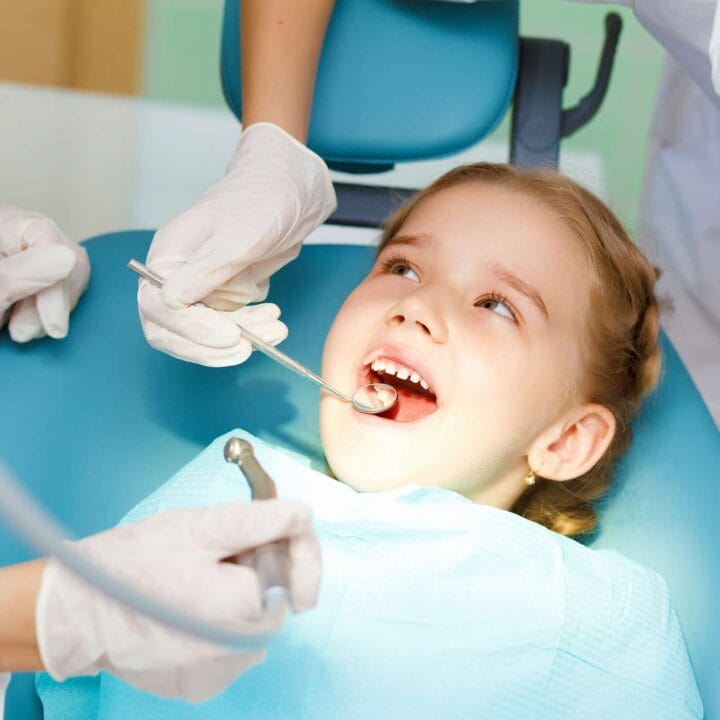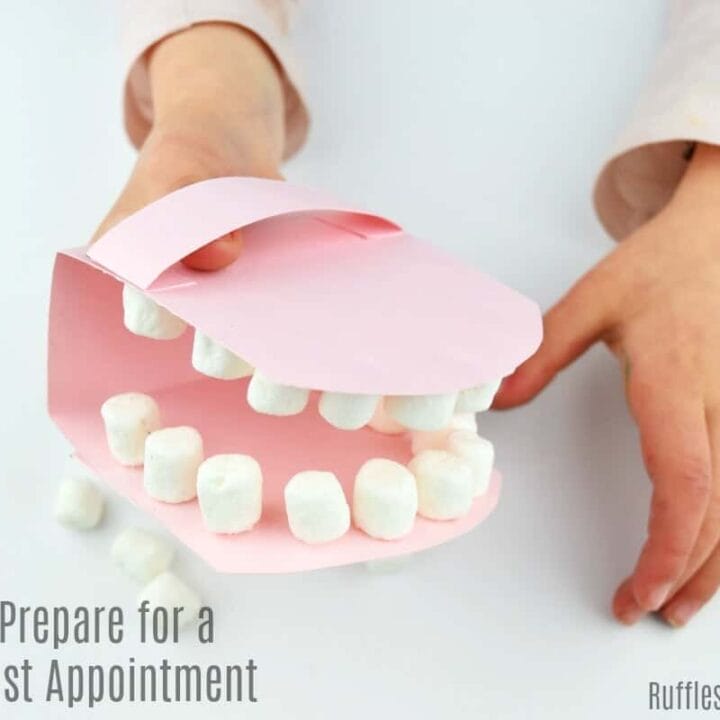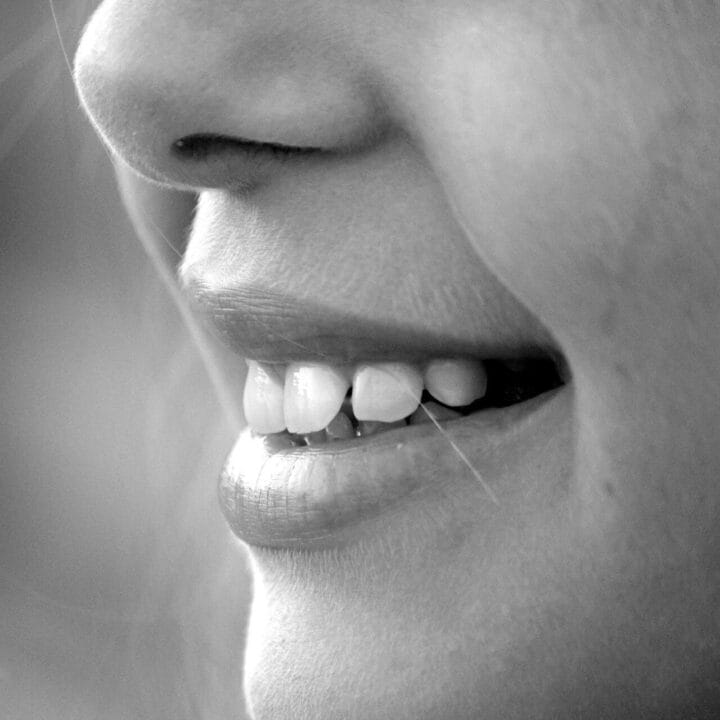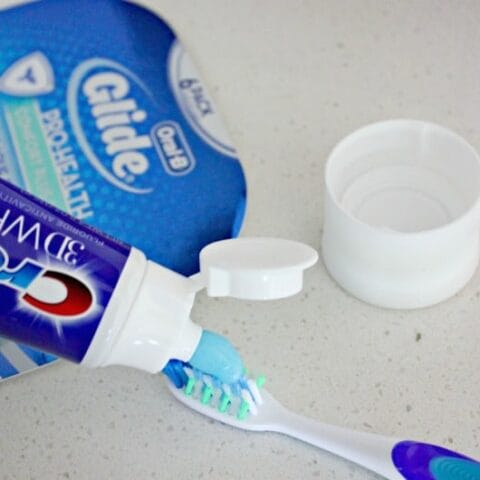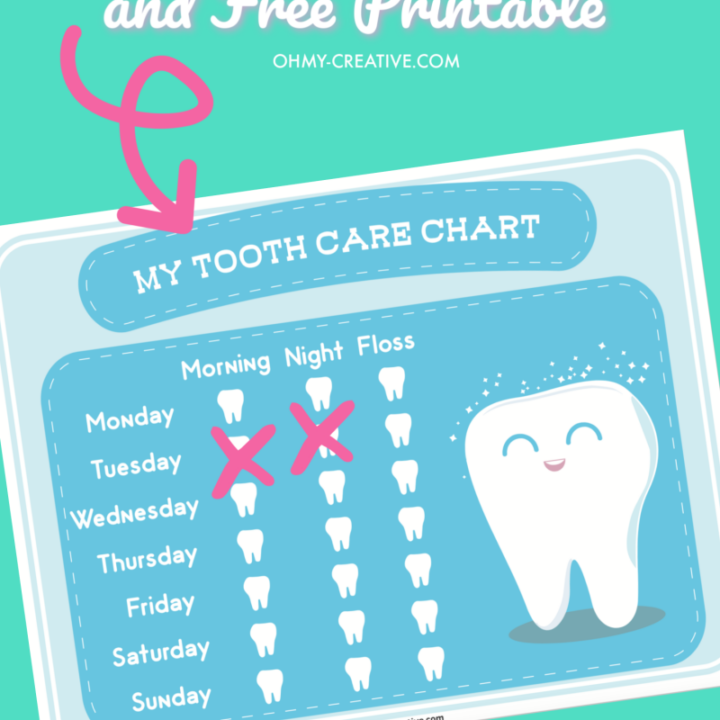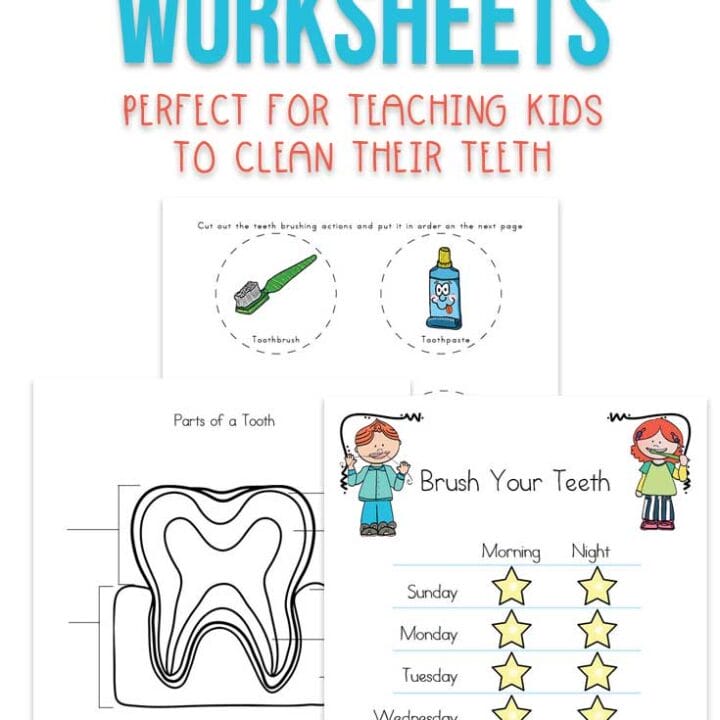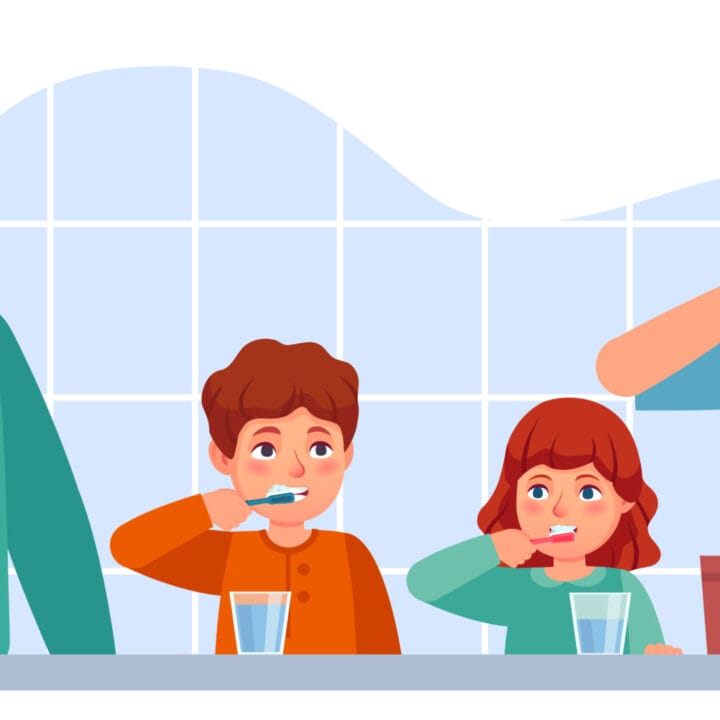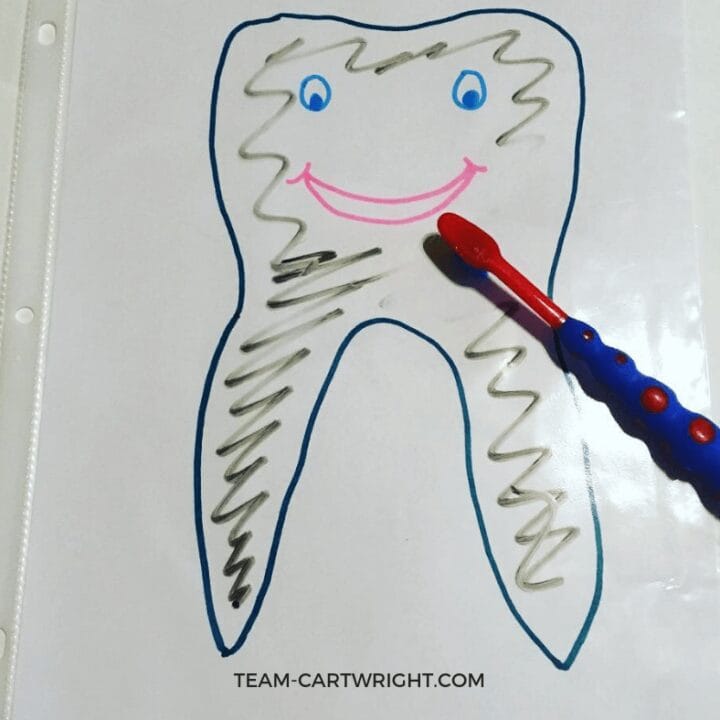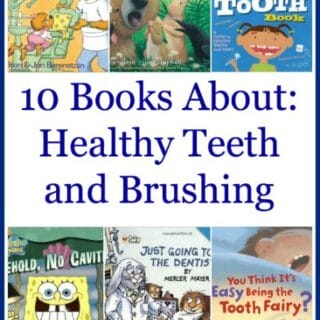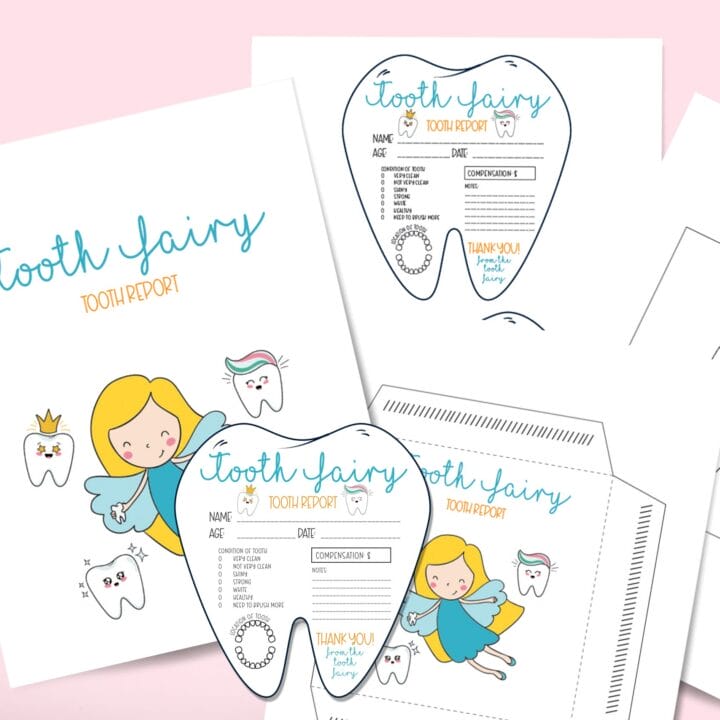National Dentist’s Day (March 6)
Check out the weird holiday National Dentist’s Day on March 6. Learn the history of dentists, and get ideas on how to celebrate.

One weird holiday on March 6 is National Dentist’s Day. Check out the other weird March holidays!
National Dentist’s Day is an annual celebration of dentists and their important role in promoting oral health. This day is celebrated on March 6th and is an opportunity to show appreciation for the work that dentists do to keep our teeth and gums healthy. In this article, we will explore the history of National Dentist’s Day, why it is important, and how it is celebrated.
Dentistry, the field of healthcare that specializes in the diagnosis, prevention, and treatment of diseases and conditions affecting the teeth and oral cavity, has a long and fascinating history that spans thousands of years. In this article, we will explore the history of dentistry and the evolution of the dental profession.
History of Dentists
Early History of Dentistry
The history of dentistry can be traced back to ancient civilizations such as the Egyptians, Greeks, and Romans. These early cultures had rudimentary knowledge of dental anatomy and oral health, and they used a variety of tools and techniques to treat dental problems.
For example, ancient Egyptian medical texts from around 2000 BC describe the use of linen cords to remove food particles and other debris from between the teeth. The ancient Greeks and Romans also used a variety of dental tools and treatments, including tooth extraction, scaling, and cleaning.
During the Middle Ages, dentistry was primarily practiced by barbers and general physicians. However, these practitioners had limited knowledge of dental anatomy and oral health, and their treatments often involved crude and painful methods such as tooth extraction without anesthesia.
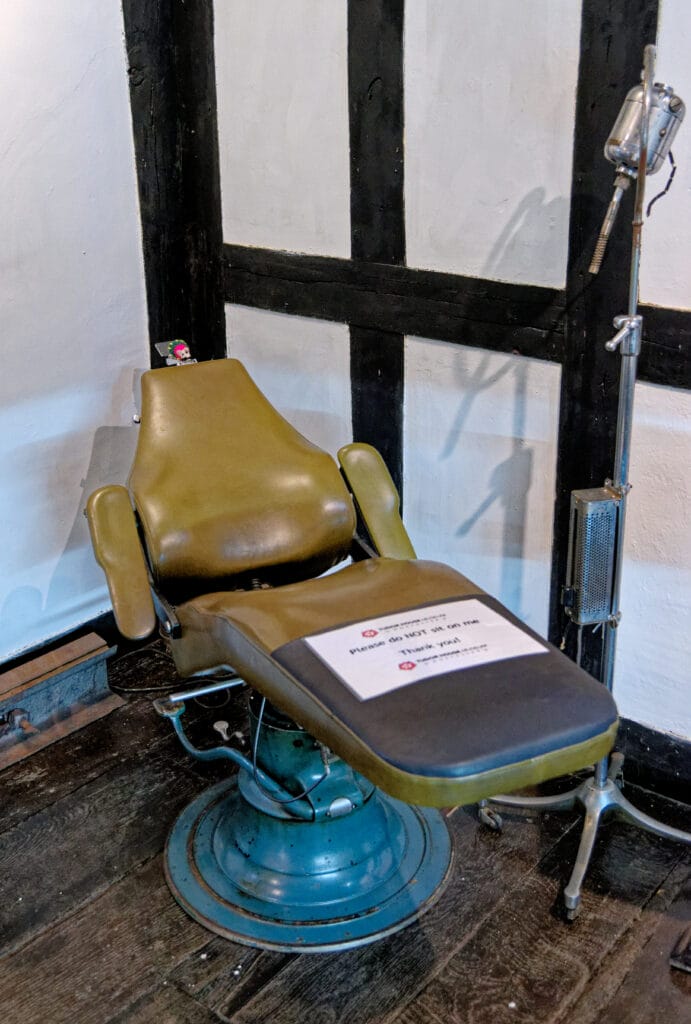
The Emergence of Modern Dentistry
It wasn’t until the 18th century that modern dentistry began to emerge as a distinct profession. In 1723, French surgeon Pierre Fauchard published a book called “The Surgeon Dentist,” which is considered to be the first comprehensive guide to modern dentistry.
Fauchard’s book introduced a number of innovative techniques and tools, including dental fillings, dental prosthetics, and orthodontics. He also emphasized the importance of good oral hygiene and the prevention of dental disease.
In the 19th century, dentistry continued to evolve and professionalize. In 1840, the first dental school in the United States, the University of Maryland School of Dentistry, was founded. This marked the beginning of formal dental education and training programs.
During this time, dentists also began to experiment with new technologies and materials, such as the development of the dental drill in the 1870s. This allowed for more precise and efficient tooth preparation and filling.
The 20th Century and Beyond
In the 20th century, dentistry continued to evolve and expand, with significant advancements in dental materials, technology, and treatments. The introduction of X-rays and other diagnostic tools allowed dentists to better diagnose and treat dental problems, while the development of anesthesia and pain management techniques made dental procedures more comfortable for patients.
The 20th century also saw the emergence of new sub-specialties within dentistry, such as periodontics (the study and treatment of gum disease), endodontics (the study and treatment of the dental pulp and roots), and orthodontics (the study and treatment of dental malocclusions and misalignments).
Today, dentistry continues to be an important field of healthcare, with dentists playing a critical role in promoting good oral health and preventing dental disease. Modern dentists use a variety of tools and techniques, including digital X-rays, laser dentistry, and computer-aided design and manufacturing (CAD/CAM) technology to provide high-quality dental care to patients.
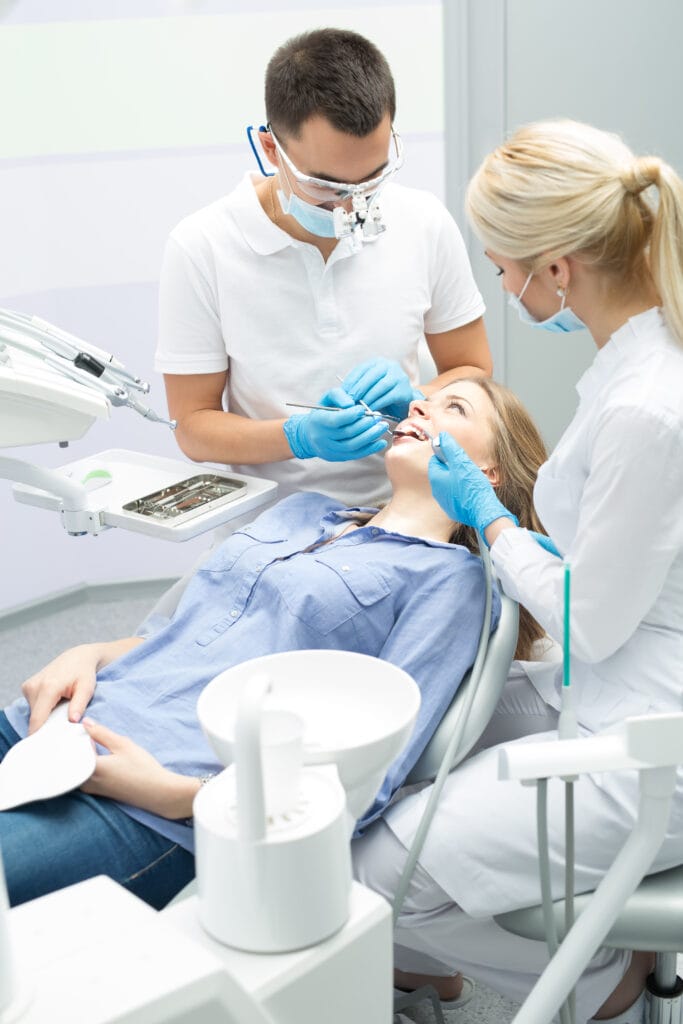
History of National Dentist’s Day
National Dentist’s Day was first celebrated in 2003 by the American Dental Association (ADA). The purpose of this day is to recognize and celebrate the work that dentists do to promote oral health and prevent dental disease. The ADA chose March 6th as the date for National Dentist’s Day because it is the anniversary of the first dental school in the United States, the University of Maryland School of Dentistry, which opened its doors on March 6th, 1840.
Why National Dentist’s Day is Important
National Dentist’s Day is important for several reasons. First and foremost, it is a way to recognize the important role that dentists play in promoting oral health. Regular dental check-ups and cleanings are essential for maintaining healthy teeth and gums, and dentists play a critical role in detecting and treating dental problems before they become serious.
In addition to promoting oral health, dentists also play an important role in overall health. Poor oral health has been linked to a variety of health problems, including heart disease, diabetes, and stroke. By promoting good oral health habits, dentists can help prevent these and other health problems.
Finally, National Dentist’s Day is important because it is a way to show appreciation for the hard work and dedication of dentists. Dentistry can be a challenging and demanding profession, and dentists often work long hours to provide the best possible care to their patients. By recognizing their hard work, we can show our appreciation for the important role that they play in our lives.

How National Dentist’s Day is Celebrated
National Dentist’s Day is celebrated in a variety of ways. Here are some examples:
- Recognizing dentists: National Dentist’s Day is a great opportunity to recognize the dentists in your life and show them your appreciation. This can be as simple as sending them a thank-you note or giving them a small gift.
- Promoting good oral health: National Dentist’s Day is a reminder of the importance of good oral health habits. Take the opportunity to schedule a dental check-up and cleaning, or encourage your friends and family to do the same.
- Educating others: National Dentist’s Day is a great opportunity to educate others about the importance of oral health. Share information about good oral health habits, or volunteer at a local school or community center to teach others about the importance of dental care.
- Supporting dental charities: National Dentist’s Day is also a good opportunity to support dental charities and organizations that promote oral health. Consider making a donation to a dental charity or volunteering with a dental organization in your community.
Conclusion
National Dentist’s Day is an important celebration of the hard work and dedication of dentists in promoting oral health and overall health. By recognizing their important role and showing our appreciation, we can help promote good oral health habits and encourage others to take care of their teeth and gums. Whether you recognize your dentist, schedule a dental check-up, educate others, or support dental charities, there are many ways to celebrate National Dentist’s Day and promote good oral health.
Ideas for National Dentist’s Day
Here are some ideas for celebrating National Dentist’s Day.
How To Find The Best Dentist For Kids (What You Need To Know As A Mom)
One of the best ways to prevent toothaches is with a good dentist. Use National Toothache Day or National Dentist's Day as motivation to do some research! Choosing the best dentist for kids is no easy task, but these tips will help you find a children’s dentist that you trust and your kids love!
First Dentist Appointment: Prepare Your Toddler
Use National Toothache Day or National Dentist's Day to help reduce the fear and anxiety from a child’s first dentist appointment. Prepare your child for their first dental exam with this fun and easy model of a mouth.
Healthy Kids - Letter Match tooth cleaning game
Here's a fun game to play with your kids on on National Toothache Day or National Dentist's Day! This fun Letter Match Tooth Cleaning Game will help them learn letters and the sounds they make, as well as prevent toothaches.
5 Tips to Teach Your Children to Care for Their Teeth
For National Toothache Day or National Dentist's Day, do your best to prevent cavities in your kids' teeth with these five tips for teaching your children to care for their teeth.
7 Effective Natural Toothache Remedies
Have a toothache? Even if you don't, for National Toothache Day or National Dentist's Day you should make sure you are prepared for the future. These 7 effective natural toothache remedies should help you find relief until you can make a trip to the dentist.
Soft Food to Eat After Dental Work
This list of Soft Foods to Eat After Dental Work will help you stay full, and give you ideas of soft food to eat after oral surgery, wisdom teeth removal, or other dental work. This is food for National Toothache Day or National Dentist's Day, when you want to eat, but you can’t chew!
How to Improve Kids’ Dental Hygiene + Free Tooth Brushing Chart
Use National Toothache Day or National Dentist's Day as a way to recommit to oral health for your kids (and yourself!). If you are tired of nagging your kids to brush their teeth, there are lots of things you can do to help including using a tooth brushing chart. The trick to getting kids to brush their teeth on their own is to make it fun. Read on to get some tips on how to do exactly that, plus a free printable brushing chart.
Simple Tips to Improve Oral Health
If you're like most adults, you wish you had paid more attention to your parents and dentist as a kid. For National Toothache Day or National Dentist's Day, turn back the hands of time and re-learn how to care for your teach the right way.
25 Best Healthy Soft Foods After Oral Surgery
Sometimes National Toothache Day or National Dentist's Day means oral surgery. Whether you’ve had your wisdom tooth out or a root canal, you might need to eat just soft foods after oral surgery. This article reviews the best soft foods to eat after oral surgery, including some recipes.
Easy Kids Dental Care Tips and Free Printable
If you have kids, then you know the daily struggle that is getting them to brush their teeth. Kids Dental Care is so hard to manage! Children of all ages push against being in a regular routine with tooth care. That’s why for National Toothache Day or National Dentist's Day, here are some tips that are sure to make it easier for you to keep your kid’s teeth clean and healthy!
Home Remedy for Toothache
If you have a terrible tooth pain, hear is the perfect home remedy for a toothache. There are lots of home remedies for tooth infection, but this homeopathic remedy is a miracle worker. Make some up for National Toothache Day or National Dentist's Day.
Printable Tooth Fairy Receipts
Grab your free Printable Tooth Fairy Receipt for National Dentist's Day or National Toothache Day!
Dental Health Worksheets for Kids
Do you remind your children to brush their teeth every day? Does it seem like more hassle than it’s worth? For National Toothache Day or National Dentist's Day, you need these dental health worksheets for kids to help teach your kids the how and why they should brush their teeth, not only every day, but after every meal!
Free Printable Social Story About Brushing My Teeth
Want to share National Toothache Day or National Dentist's Day with others? This free printable social story about brushing teeth is the perfect way to teach kids why to brush, how often to brush, how to floss, and more! It breaks down this everyday skill into simple steps.
Hope for Children with Bad Teeth
Some kids have a mouth full of cavities, and that can be rough. For National Toothache Day or National Dentist's Day, learn about the root problem and find solutions, because no one wants their child to suffer from the pain of a toothache or have damaged adult teeth.
How to Make Your Baby's First Dentist Visit a Success (And What To Do If You Can't Make it to the Dentist Now)
Visiting the dentist from a young age is an important part of National Toothache Day or National Dentist's Day. Taking a baby or a toddler to the dentist for the first time might not go as smoothly as you hope, especially if you have a baby or toddler who doesn’t like people going near his or her mouth! Here are some tips to make your kiddo's visit a success!
Preschool Tooth Brushing Activities - Team Cartwright
Teaching preschoolers and toddlers to brush their teeth can be a challenge sometimes. Help prevent cavities on National Toothache Day or National Dentist's Day with these preschool tooth brushing activities.
10 Picture Books About Brushing Teeth for Kids
Whether you’re teaching your child how to brush on National Toothache Day or National Dentist's Day or need to help your child be comfortable going to the dentist, these picture books about brushing teeth will do the trick!
At What Age Should I Start Taking My Child To The Dentist?
For National Toothache Day or National Dentist's Day, read this article about how to prevent cavities in your kids' mouths by taking them to the dentist as early as can be.
FREE Tooth Fairy Printable Note & Receipt For Extra Magic
Sometimes for a kid, a toothache means having to lose the tooth. For National Toothache Day or National Dentist's Day, add some magic and whimsy to the Tooth Fairy exchange with this free Tooth Fairy Printable Note & Receipt. Just leave this underneath the pillow and they’ll certainly be a believer.
How To… Make a Tooth Fairy Box & More Kinder Surprise Craft Ideas
Learn how to make Tooth Fairy Boxes on National Dentist's Day or National Toothache Day!
Best Zero Waste Toothpaste for 2023
You can make the switch to the best zero waste toothpaste and enjoy the same clean and fresh feeling without all the waste. It's a great way to celebrate National Toothache Day or National Dentist's Day.
Homemade mouthwash with aloe vera
This natural diy mouthwash with aloe vera will rinse out plaque and fight gum disease for National Toothache Day or National Dentist's Day. This quick fix homemade mouthwash can also help with bad breath.
Pin it!
Share this post about dentists on Pinterest!


